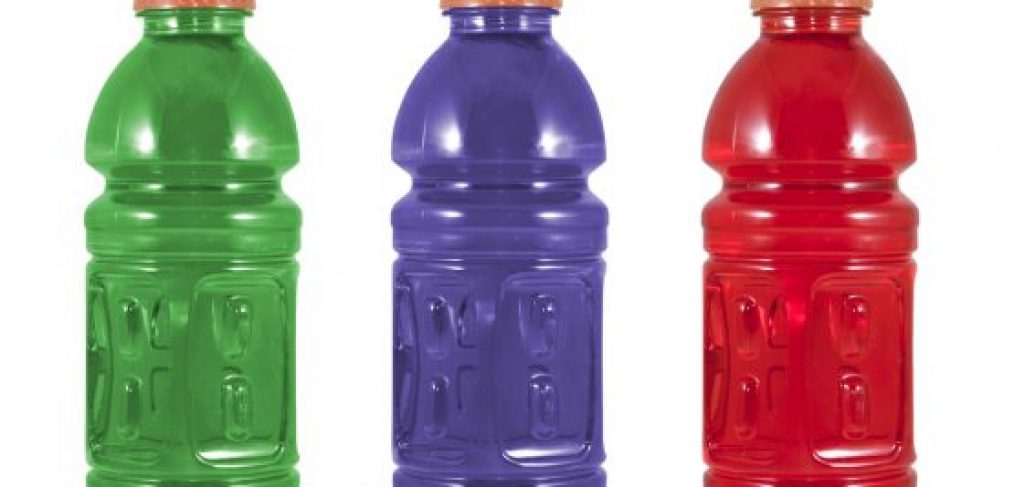Where Are We Getting Our Advice?

“Proper nutrition and hydration are key ingredients in helping your clients get the most out of their workouts. Keep in mind that since every person is different, exact needs will vary. However, here are some general guidelines…” began an article which I received in my inbox today.
This newsletter is one I receive from IDEA, which I am a member of. IDEA is a a large professional fitness directory.
Guess who they’re affiliated with?
Good old Gatorade, and in today’s newsletter, the subject line is “Nutrition Tips from Gatorade”.
If that doesn’t set the stage for what’s to come, I don’t know what does!
Then, we are given three tips:
- Start on the Right Foot: Make sure clients start workouts well hydrated and fueled
- Check-in During Workouts: Ensure your clients are hydrating as they sweat
- Make Recovery a Priority: Consuming protein and hydrating adequately are pivotal following a workout
Generally speaking, this advice isn’t too far fetched, but if you read between the lines, there is a subtle suggestion to just how those clients might become fueled before, hydrated during and adequately stocked on protein afterward, in the forms of Gatorade’s powdered electrolyte product, ‘thirst quenching beverage’ and a post workout banana, glass of chocolate milk and low fat yogurt, as per the infographic which accompanies this post.
It gets worse.
Not only are we as consumers being given this sage advice, but professionals are too; Gatorade has an institute.
Per wikipedia, The Gatorade Sports Science Institute (GSSI) was established in 1985 and is headquartered in Barrington, Illinois. Its goal is to “share current information and expand knowledge on sports nutrition and exercise science that enhance the performance and well-being of athletes.
Oh, one more thing; I almost forgot to mention that Gatorade is manufactured by PepsiCo, one of the sponsors of the USDA.
As much as it might be nice to believe that when we see another high performing, pro athlete downing a bottle of this chartreuse liquid that we, too need this as a great source of electrolyte replacement, we’ve got to take the high road and sift through the information, where it’s coming from and who benefits when we heed the advice given.
A great article on Livestrong breaks down not only the ingredients, but what they do:
Brominated Vegetable Oil
BMV or brominated vegetable oil is added to certain beverages that contain citrus oils. BMV helps prevent the oils from rising to the surface. It also ensures the stability of the flavor mixture. It is derived from soybean.
What a brilliant business model!
Fund research geared to demonstrate that a high carb diet (not just high carb, but high refined carb, with corn syrup, no less) is one that is indicated for performance amongst athletes, send out messages to the masses and voila!
Don’t forget the age old advice that everything in moderation is the way to go, including the addictive legal drug, sugar, and you’re ensuring repeat consumers, too.
Add to that the idea that when experts, medical doctors, functional medicine practitioners, elite coaches and the like present topics on the body being fat adapted and all its health benefits, they can be ostracized and ousted from professional circles and networks they may have once had a home in.
Let’s go back about a century.
Maybe there was no ironman racing (there were marathons) but one thing’s for sure; people worked a lot harder from a physical perspective and they weren’t eating items in packages.
Forget about what you feel you believe in, be it Paleo, or Vegan or Gluten free.. and ask yourself if you’re eating food. Did it grow where you live? Did it run or swim where you live? How many steps did it take for it to get onto your plate? How colorful is it?
This is what food is all about.
Whether you’re trying to perform as an athlete, an executive, a busy mom or a human being, we all just need food.
So…eat food. And move!




